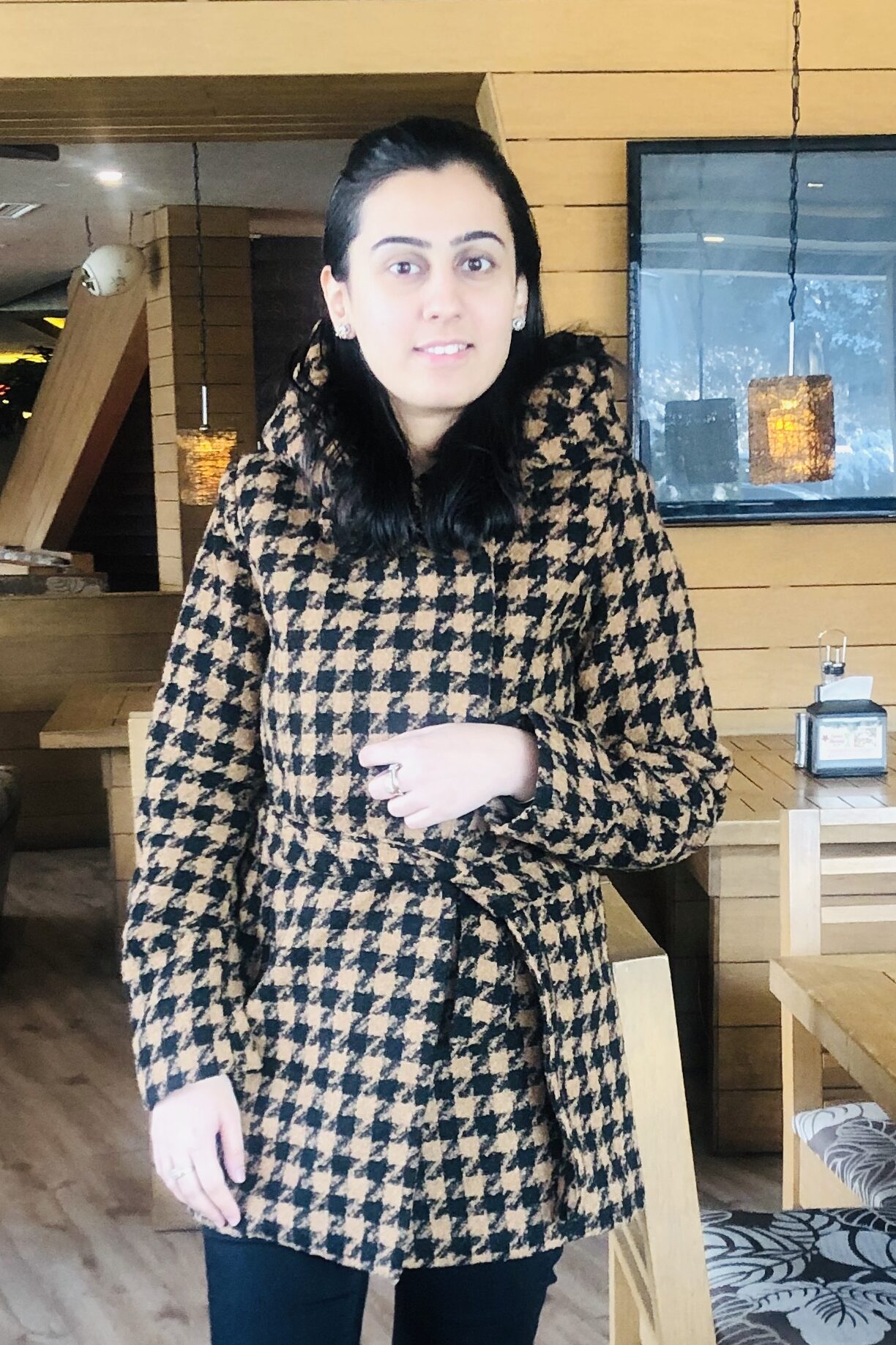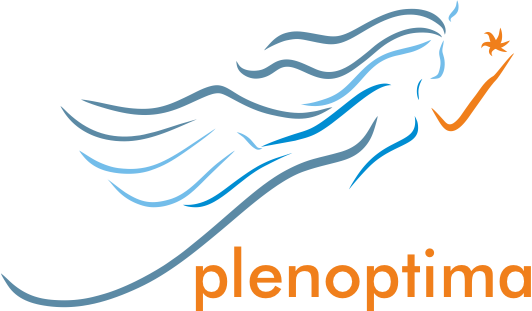Tell me something about yourself?
I was born and raised in India wherein I completed my undergraduate and graduate studies in Electronics Engineering from the Aligarh Muslim University (AMU). Technology has always captivated me: the concealed processes, not visible to eyes, with astonishing outcomes, kept me reasoning and questioning “what” and “why”. This curiosity led me to pursue Electronics Engineering as my major domain. During the Master’s program, I worked on Human Perception of Images and developed a method for Quality Assessment of multiply distorted images. In addition to this, I worked on Optical Coherence Tomography images of the human retina for early disease diagnosis. Along with research I also have teaching experience, as after obtaining my Master’s degree I worked as an Assistant Professor in the Department of Electronics Engineering at AMU.

Why did you apply to the PLENOPTIMA project?
I grew up at a time when technology was still at its nascent stages. Gigantic technology leaps from a brick-sized camera to a coin-sized lens integrated into a smartphone along with deep engrossments in the field of Image processing piqued the curiosity in me to pursue research in the domain of Computer Vision. It has been my long-term ambition to explore and put forward innovations that can help in enhancing the quality of human life and his experiences. The PLENOPTIMA project perfectly aligns with my research interests, motivation, and prior experience. The Joint doctorate program will not only provide me a highly enriched research platform but will also enhance the spectrum of my perspectives along with fraternizing and building a professional network. It will allow me to engage with young fellows to know more about their research interests, lifestyles, experiences, etc. This high intellect and diverse exposure will help in shaping my overall personality.
What kind of expectations do you have for your research project and the upcoming network training?
Optical Coherence Tomography is a non-invasive, micrometer resolution depth sectioning technique that has been explored mostly for ophthalmic diagnosis but not exploited much for biotechnological, agricultural, animal, and human disease and diagnosis processes. As a part of this program, I will explore functional OCT that combines the 4D-OCT and biospeckle images to study several plant and human characteristics, growth patterns, and diseases. I expect much potential in 3D-biospeckle patterns generated as a result of innate biological processes. There are many challenges in this field as a result of noise, representation of speckle, segmentation, classification, and structural analysis issues which I need to work upon. Overall, I expect that the outcomes would definitely contribute to our society, its needs, and the healthcare system.
Maryam works as Early Stage Researcher at the Institute of Optical Materials and Technologies at the Bulgarian Academy of Sciences (IOMT_BAS), Bulgaria, and her research topic is “4D Biospeckle Optical Coherence Tomography“.
